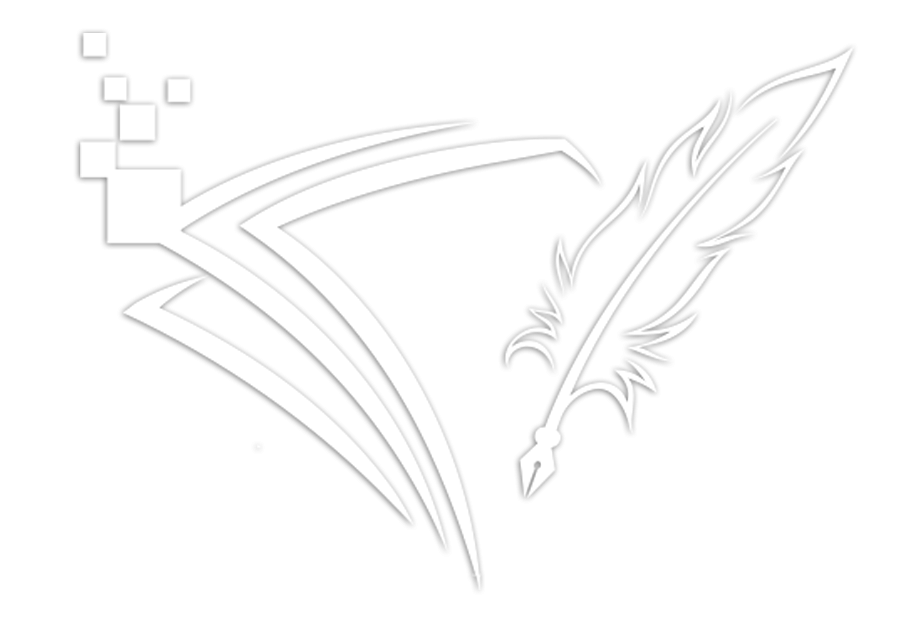Question:
Assalamualaikum ustaz. What is the true ruling of eating stork since I’ve heard that it is prohibited but some say it is permissible? Hope for an explanation.
Answer:
Waalaikumussalam wrt. wbt.,
Alhamdulillah, praise and gratitude to Allah SWT for His countless blessings for us all. Praise and salutations to our beloved Prophet Muhammad PBUH, his family, companions, and all those who follow his footsteps until the Final day.
We begin with the statement of Allah SWT:
أَوَلَمْ يَرَوْا إِلَى الطَّيْرِ فَوْقَهُمْ صَافَّاتٍ وَيَقْبِضْنَ ۚ مَا يُمْسِكُهُنَّ إِلَّا الرَّحْمَٰنُ ۚ إِنَّهُ بِكُلِّ شَيْءٍ بَصِيرٌ
“Do they not see the birds above them with wings outspread and [sometimes] folded in? None holds them [aloft] except the Most Merciful. Indeed, He is, of all things, Seeing.” [1]
Syeikh al-Sa‘di said the verse includes a rebuke and encouragement to observe the birds that are under the authority of Allah SWT and Allah SWT humbles the air and wind for them. Birds flap their wings to fly and maintain themselves from falling from the sky. Birds remain in tasbih when they are in the air and repeated their tasbih continuously according to their needs. None hold them aloft in the skies except Allah SWT and He is the One who humbles the skies for the birds and created the body of the birds suitable for flying. Thus, whoever reflect and think on the creation of the birds will learn that it shows the greatness of Allah SWT the Creator and Sovereign of everything. Only He deserves to be worshipped. He is the One who plans His slaves with everything appropriate according to His wisdom. [2]
Storks and their habitat
The stork is one of eight species of birds in the stork family. It has long legs, a long neck, and a small, long beak. Most storks are white-haired. Storks live almost all over the world except in the Arctic and Antarctica. In addition, most storks also live near water. It feeds on fish, frogs and other animals found in the surrounding water. To catch its prey, the stork stands stiffly in shallow water until the prey approaches it. Then, it quickly catches the victim using its beak. Storks can also stalk their prey or try to chase them to catch them. Some storks eat insects in the highlands. Similarly, there are various types of storks such as cow storks, large white storks, red storks and Chinese storks. [3]
In Arabic, the stork is referred to as al-Laqlaq (اللَّقْلَقُ). This is because it is defined as a bird that has a long neck, is white, eats faeces and snakes, lined up and is included in the type of aquatic birds. [4] In addition, the word al-Laqlaq has also been translated by Daud al-Fatani in his book, Matla ‘al-Badrain as a stork. [5] Furthermore, Idris al-Marbawi also translated it as stork [6] which is a kind of tame stork. [7]
The ruling of eating stork
Coming back to the question asked, scholars of madhhab Syafie are divided into two opinions on the ruling of eating storks. Al-Syeikh Abu Muhammad said it is permissible to be eaten just as grus grus are – which means cranes [8] – and this is the chosen opinion of Imam al-Ghazali. [9] However, the final opinion in madhhab Syafi’I states that it is prohibited because it is considered disgusting. [10] This is as stated by Imam al-Rafi’I who said that all aquatic birds are permissible to be eaten except storks and al-Saimari said:
أَنَّهُ لَا يُؤْكَلُ لَحْمُ طَيْرِ الْمَاءِ الْأَبْيَضِ، لِخُبْثِ لَحْمِهَا
“The meat of the white bird (refers to storks) isn’t eaten due to its disgusting meat.” [11]
Conclusion
According to the above discussion, in our opinion, the meat of storks is prohibited from being eaten because it is considered disgusting. Fakhruddin al-Razi also stated that anything that is naturally considered filthy and disgusting by people is prohibited because they are the cause of sickness and anything harmful is originally prohibited. Thus, anything that is disgusting is originally prohibited, except if there is evidence stating otherwise. [12]
Thus, it is the commandment of us as Muslims to not only choose food that is permissible but also good and of high quality.
May Allah SWT grant us all a clear understanding in practising this religion. Amin.
Wallahu a’lam.
[1] Surah al-Mulk: 19
[2] See Tafsir al-Sa‘di, 1/877.
[3] See Ensiklopedia Dunia, (Transl. DBP), 3/193-194.
[4] See al-Ghurar al-Bahiyyah fi Syarh al-Bahjah al-Wardiyyah, 5/175; al-Najm al-Wahhaj fi Syarh al-Minhaj, 9/555; Mughni al-Muhtaj, 6/152.
[5] See Matla‘ al-Badrain, (arranged by PMWP), 2/28.
[6] See Kamus Idris al-Marbawi, 2/224.
[7] See https://prpm.dbp.gov.my/cari1?keyword=ranggung.
[8] See Kamus Idris al-Marbawi, 2/180.
[9] See Hayah al-Hayawan al-Kubra, 3/701-702.
[10] See Mughni al-Muhtaj, 6/152; Tuhfah al-Muhtaj, 9/382; Nihayah al-Muhtaj, 8/154.
[11] See Raudhah al-Talibin, 3/273-274; al-Majmu‘ Syarh al-Muhazzab, 9/35; al-Najm al-Wahhaj fi Syarh al-Minhaj, 9/555.
[12] See Mafatih al-Ghaib, 15/381.
